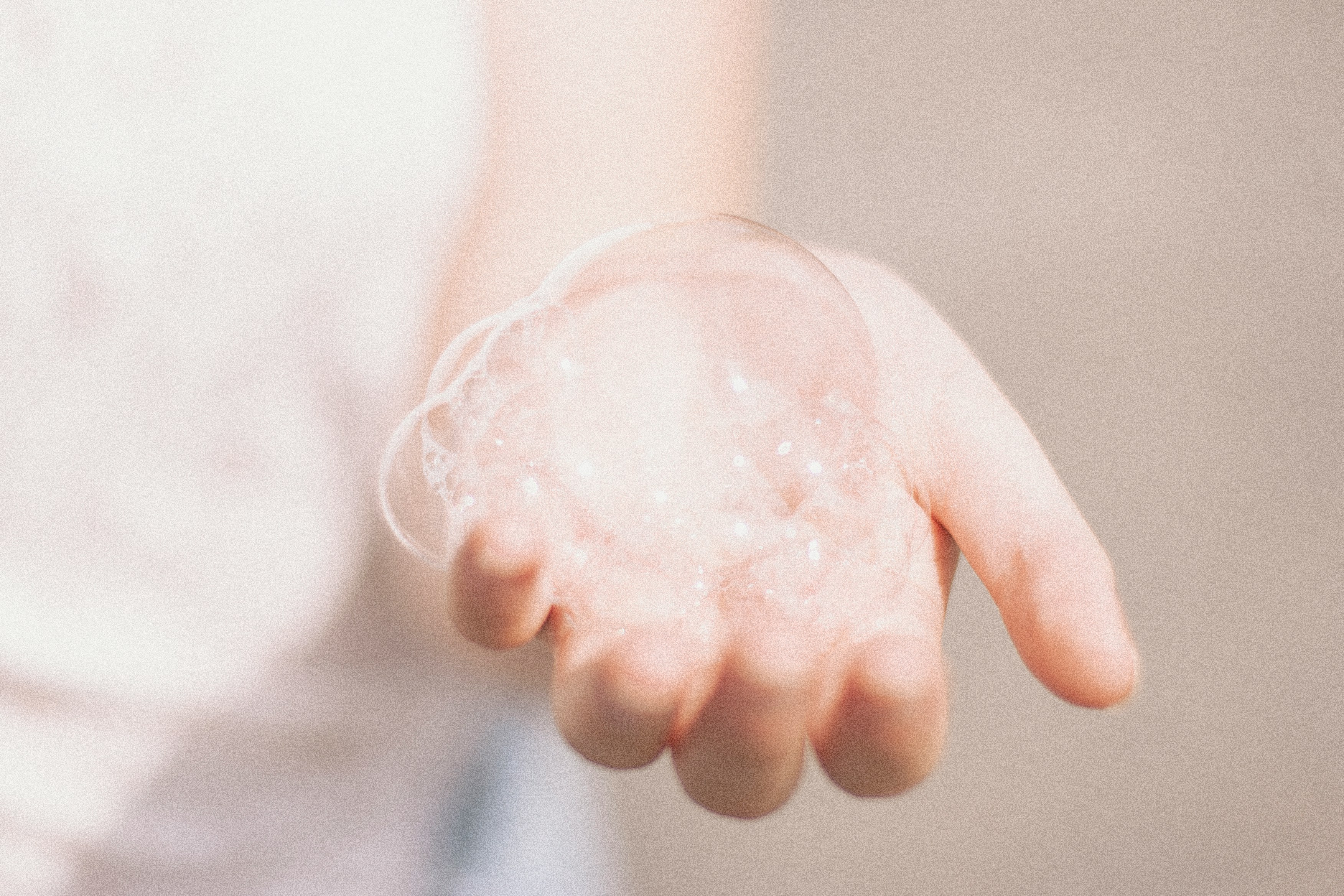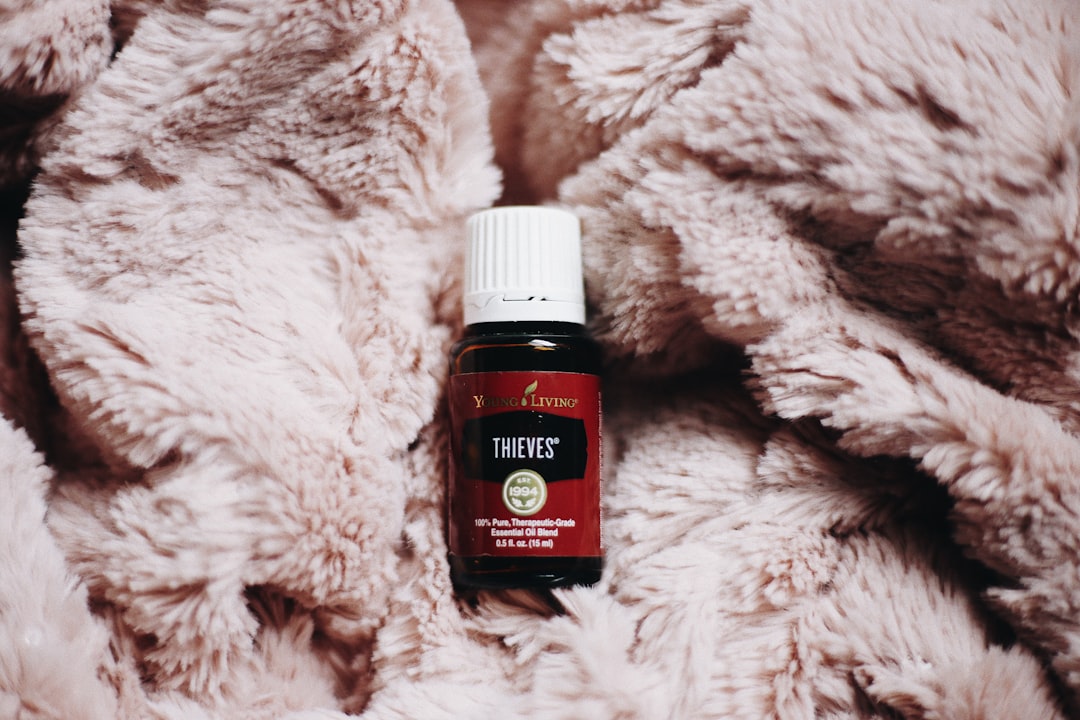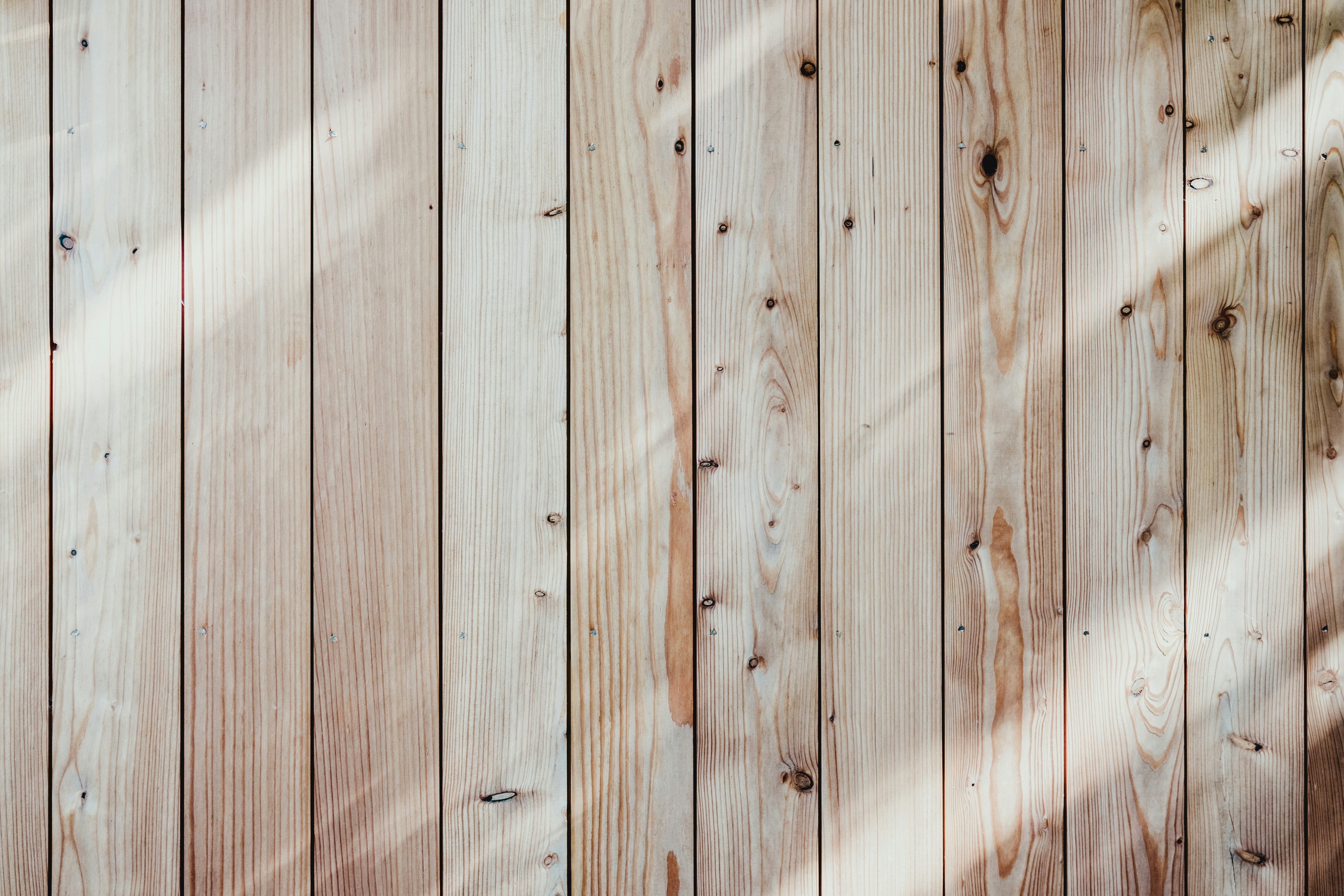The Best Methods for Oil Stain Removal
The Best Methods for Oil Stain Removal
Oil stains can be a real nuisance. They’re stubborn, unsightly, and can appear on a variety of surfaces.
![]()
![]()
![]()
From your driveway to your favorite shirt, oil stains spare nothing. They can be particularly challenging to remove, often resisting regular cleaning methods.
But don’t despair. This article is here to help. We’ll guide you through the best methods for oil stain removal.
Whether it’s an engine oil stain on your work clothes or an olive oil spill on your wooden dining table, we’ve got you covered. We’ll provide practical, step-by-step solutions that you can easily follow.
So, let’s dive in and tackle those pesky oil stains together.
Understanding Oil Stains
Before we delve into the removal methods, it’s important to understand what we’re dealing with. Oil stains are hydrophobic, meaning they repel water, which makes them difficult to clean with water-based solutions.
They can be caused by a variety of oils, including cooking oil, engine oil, and even natural body oils. The type of oil and the material it has stained can greatly affect the removal process. That’s why it’s crucial to use the right method for each specific type of oil stain.
Quick Action: The First Step to Successful Stain Removal
When it comes to oil stains, time is of the essence. The sooner you act, the better your chances of completely removing the stain. This is because oil can quickly penetrate and set into materials, making it harder to remove later.
However, don’t despair if you’ve discovered an old oil stain. While it may require more effort, there are still effective methods to tackle it. We’ll cover these in the following sections.
Common Household Solutions for Oil Stain Removal
You don’t always need specialized products to tackle oil stains. In fact, some of the most effective solutions can be found right in your kitchen. Common household items like baking soda, dish soap, and vinegar can work wonders on oil stains.
Here’s a quick list of items you might use:
- Baking soda
- Dish soap
- Vinegar
- Cornstarch or talcum powder
- Liquid dish detergent
Remember, the key is to use these items correctly. Let’s look at a couple of methods using these household staples.
Baking Soda and Dish Soap Method
Baking soda is a natural absorbent, making it great for oil stains. Dish soap, on the other hand, is designed to cut through grease and oil. Together, they can be a powerful stain-fighting duo.
Start by sprinkling baking soda over the stain. Let it sit for a few minutes to absorb the oil. Then, apply a small amount of dish soap and gently work it into the stain. Rinely thoroughly and check the results.
Vinegar and Hot Water Technique

by Alex Perez
Vinegar is a versatile cleaning agent that can also be used for oil stains. However, remember to use hot water with caution. While it can help lift the stain, it can also set it if not used correctly.
To use this method, mix equal parts vinegar and hot water. Apply the solution to the stain and let it sit for a few minutes. Then, blot the area with a clean cloth to lift the stain. Rinse and repeat if necessary.
Specialized Techniques for Different Surfaces
Different surfaces require different approaches when it comes to oil stain removal. Let’s explore some specialized techniques for asphalt driveways, clothes,
Removing Oil Stains from Carpet & Upholstery
Oil stains on carpet and upholstery can be challenging to remove, but with the right approach, you can effectively tackle them. Here are some steps you can take to deal with oil stains on these surfaces:
- Absorb any excess oil using a clean cloth or paper towels. Press gently to lift the oil without spreading it further.
- Sprinkle baking soda or cornstarch over the stain to help absorb the oil. Let it sit for some time to work its magic.
- Gently brush or scrape off the baking soda or cornstarch.
- Mix a solution of mild dish soap and warm water. Apply this to the stain using a clean cloth and blot, but do not rub, the affected area.
- Rinse the area with clean water and blot dry with a clean towel.
If the stain persists, you can try using a commercial carpet or upholstery cleaner following the manufacturer’s instructions.
By following these steps promptly and carefully, you can increase the chances of successfully removing oil stains from your carpet and upholstery and wood.
Removing Oil Stains from Asphalt Driveways

by Wes Hicks
Asphalt driveways are prone to oil stains. Whether it’s from a leaky car or an accidental spill, these stains can be stubborn.
Here’s a step-by-step guide to tackle them:
1. Absorb fresh oil with cat litter or sawdust.
2. Sweep up the absorbent and dispose of it properly.
3. Apply a degreaser to the stain and scrub with a stiff brush.
4. Rinse with a hose or pressure washer, taking care not to damage the asphalt.
Repeat the process if necessary.
Getting Engine Oil Stains Out of Clothes
Engine oil stains on clothes can be tough, but they’re not impossible to remove. Here’s a simple method to try:
1. Blot the stain with a clean cloth to remove excess oil.
2. Apply a solvent-based stain remover and let it sit for a few minutes.
3. Rinse the area with cold water.
4. Apply liquid dish detergent to the stain and gently rub it in.
5. Wash the garment at the highest temperature safe for the fabric.
6. Check the stain before drying. If it’s still there, repeat the process.
Remember, always test the stain remover on an inconspicuous area first.
Treating Olive Oil Stains on Clothes
Olive oil stains on clothes can be tricky. They might not look as obvious as engine oil stains, but they can be just as stubborn. A combination of baking soda and dish soap can often do the trick.
Start by applying baking soda to the stain. Let it sit for a few minutes to absorb the oil. Then, apply a small amount of dish soap and gently work it into the stain. Rinse thoroughly and check the results.
How to Get Oil Stains Out of Wood
Wood surfaces can also fall victim to oil stains. Here’s how to tackle them:
1. If the stain is not too deep, try sanding it out.
2. For deeper stains, apply a paste made from baking soda and water.
3. Let the paste sit for a few minutes, then scrub gently with a soft brush.
4. Wipe the area clean and repeat if necessary.
Remember, always test any cleaning solution on an inconspicuous area first. And if the stain is too deep or the wood is valuable, consider seeking professional help.
Preventative Measures and Maintenance Tips
Prevention is always better than cure. By taking some simple preventative measures, you can avoid the hassle of dealing with oil stains.
Here are some tips to help you prevent oil stains:
1. Use protective mats on driveways to catch oil drips from vehicles.
2. Wear an apron while cooking to protect your clothes from oil splatters.
3. Regularly maintain and check your vehicles for oil leaks.
4. Use coasters or placemats to protect wooden surfaces from oily food or products.
Remember, regular maintenance of your surfaces can also help prevent oil stain buildup. Clean spills promptly and keep your surfaces well-protected to minimize the risk of stains.
FAQs on Oil Stain Removal
Q: Can I use bleach to remove oil stains?
A: It’s not recommended to use bleach for oil stain removal. Bleach can often make the stain worse and damage the material.
Q: What if the oil stain doesn’t come out after the first treatment?
A: For stubborn oil stains, you may need to repeat the treatment. Remember to avoid drying the material until the stain is completely gone.
Q: Can I use the same method to remove oil stains from all materials?
A: No, different materials require different treatment methods. Always test the cleaning solution on an inconspicuous area first.
Q: Are commercial oil stain removers better than homemade solutions?
A: Both can be effective. The choice depends on the severity of the stain, the material, and personal preference.
Q: What should I do if the oil stain is old or set-in?
A: Old or set-in stains may require multiple treatments or a professional cleaning service. Patience and persistence are key.
Conclusion and Key Takeaways
Oil stains can be a nuisance, but with the right knowledge and tools, they can be effectively removed. From asphalt driveways to clothes and wood, each surface requires a unique approach. Remember, quick action is crucial, and pre-treatment can significantly improve the cleaning process.
Household items like baking soda, dish soap, and vinegar can be surprisingly effective. For tougher stains, commercial products or professional services may be necessary. Always test any cleaning solution on an inconspicuous area first to avoid potential damage.
In conclusion, oil stain removal is a manageable task when tackled correctly. With the tips and techniques provided in this guide, you’re now equipped to handle oil stains on various surfaces. Remember, prevention is always better than cure, so take measures to avoid future stains where possible.






